French New Wave: A Crash Course
La Nouvelle Vague broke all the rules — and built something better.
The French New Wave (La Nouvelle Vague) wasn’t just a film movement—it was a revolution.
In the late 1950s and ‘60s, a group of young movie critics-turned-filmmakers rejected the old rulebook, embracing handheld cameras, jump cuts, naturalistic performances, and existential themes.
This crash course traces the films that defined the French New Wave from its rebellious spark to the innovations that reshaped global cinema.
The New Wave’s DNA is everywhere in film today—from The Worst Person in the World to Aftersun—but one particular chaos agent in this lineup doesn’t just echo the movement—it, too, grabbed the camera and ran with it.
You’ll see what I mean.
Prelude to a Movement
Handsome Serge (1958)
Claude Chabrol’s debut is often cited as the first New Wave film, but it plays more like a premonition than a manifesto. Set in a crumbling provincial town, its quiet story of estrangement and moral failure foreshadows the movement’s recurring themes—alienation, decay, and the limits of redemption.
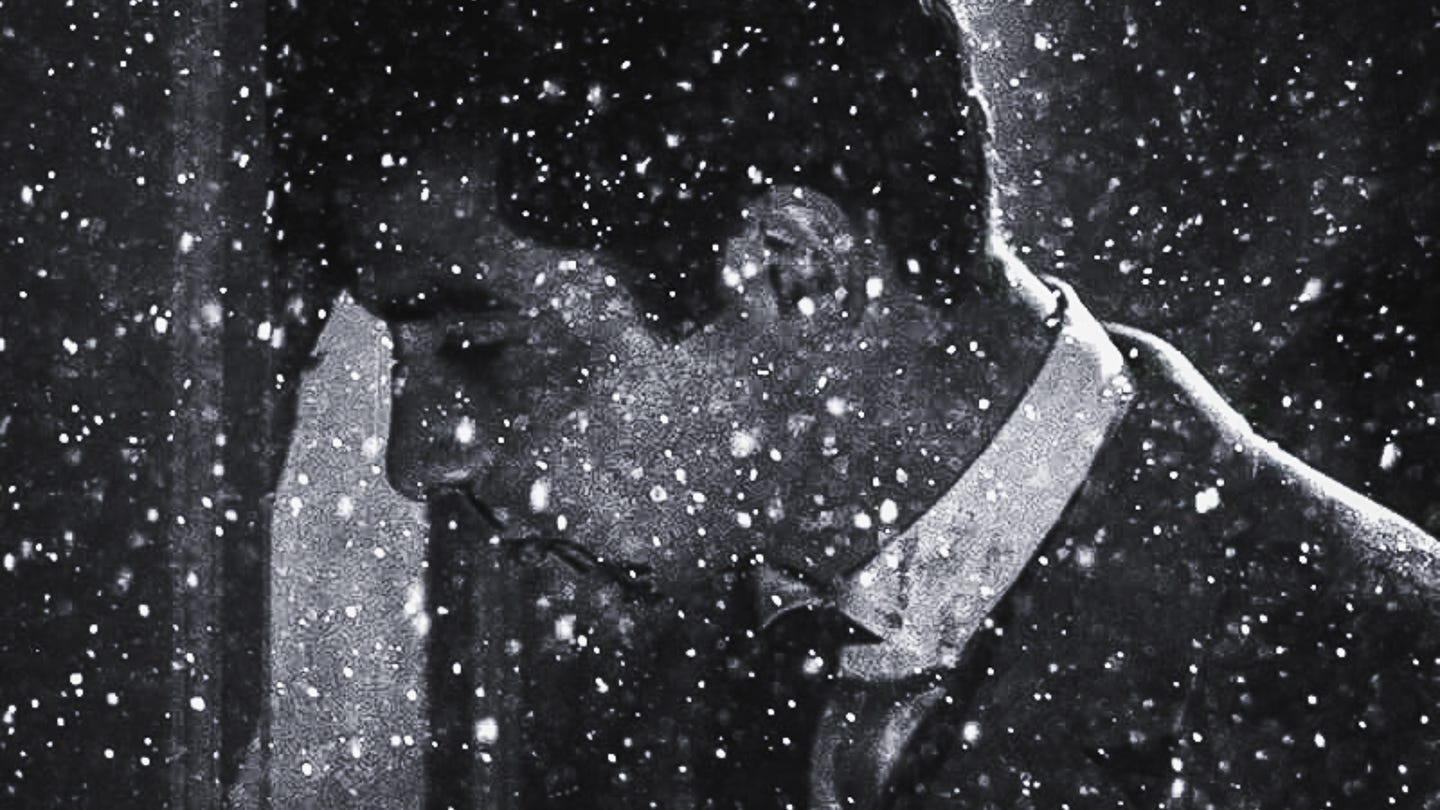
Cut to Rebellon
The 400 Blows (1959)
A landmark in semi-autobiographical filmmaking. Truffaut’s tale of youthful rebellion introduced the movement on the world stage and gave cinema one of its most iconic endings.Les Bonnes Femmes (1960)
Chabrol again—this time with teeth. A deceptively light tale of four Parisian shopgirls reveals itself as a bleak parable of modern femininity, where romantic fantasy curdles into exploitation. Chilling, elegant, and years ahead of its time.Hiroshima Mon Amour (1959)
A radical experiment blending documentary realism with fragmented memory, setting the stage for the movement’s intellectual ambitions.Breathless (1960)
The ultimate New Wave manifesto. Godard’s jump cuts, improvisational energy, and deconstruction of genre cemented him as the movement’s quintessential enfant terrible.
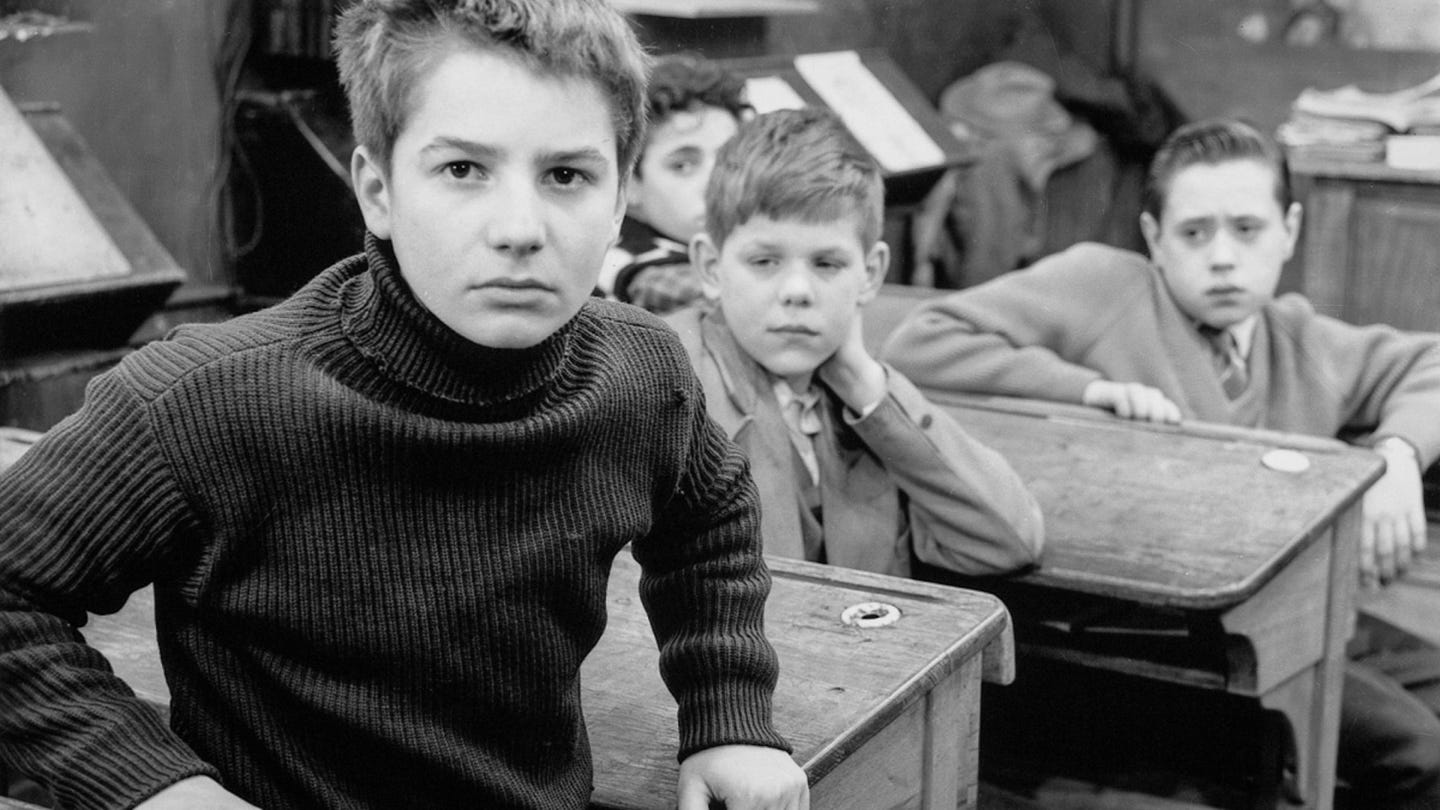
Jump Cuts & Joyrides
Cléo from 5 to 7 (1962)
A feminist New Wave masterpiece, blending real-time storytelling with existential dread and capturing Paris with documentary-like immediacy.
Jules and Jim (1962)
A lyrical, bittersweet love triangle that epitomizes the movement’s free-spirited romanticism while foreshadowing its darker impulses.Pierrot le Fou (1965)
A vibrant, anarchic road movie that signaled the movement’s evolution into a more radical, self-reflexive phase.Band of Outsiders (1964)
The New Wave goes pop. This breezy heist film is a love letter to American crime movies, but with a uniquely French detachment.
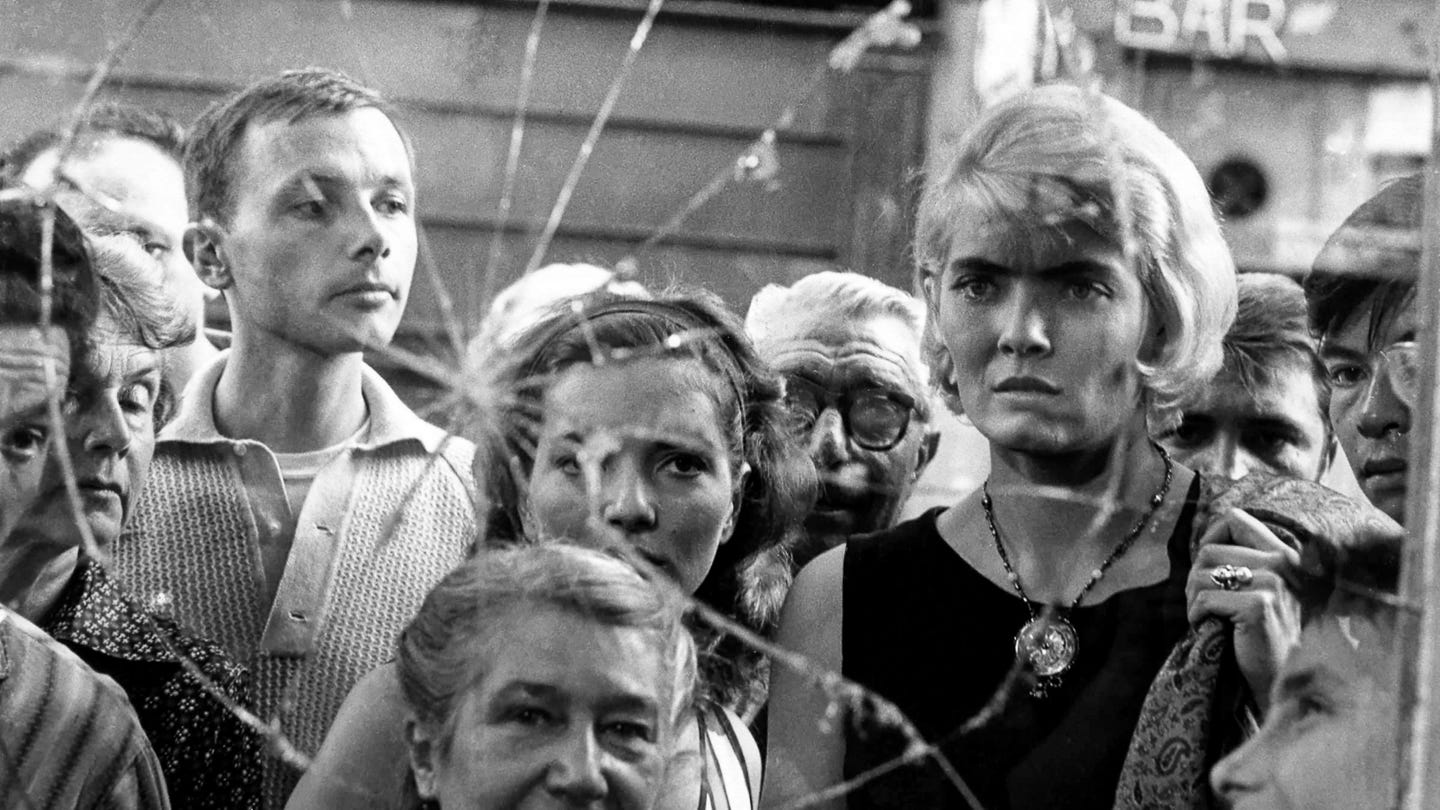
The Party’s Over
Masculin Féminin (1966)
A politically charged meditation on youth, consumerism, and gender in 1960s France.Weekend (1967)
The New Wave’s funeral march—an explosive mix of social critique, surrealism, and nihilistic road movie chaos.

Contemporary Aftershock
Frances Ha (2012)
A love letter to the French New Wave written in American ink. Its black-and-white melancholy, spontaneous rhythm, and generational drift feel like Truffaut in a Brooklyn hoodie. If the New Wave was a rebellion, this is the echo that asks, "Okay, so now what?"
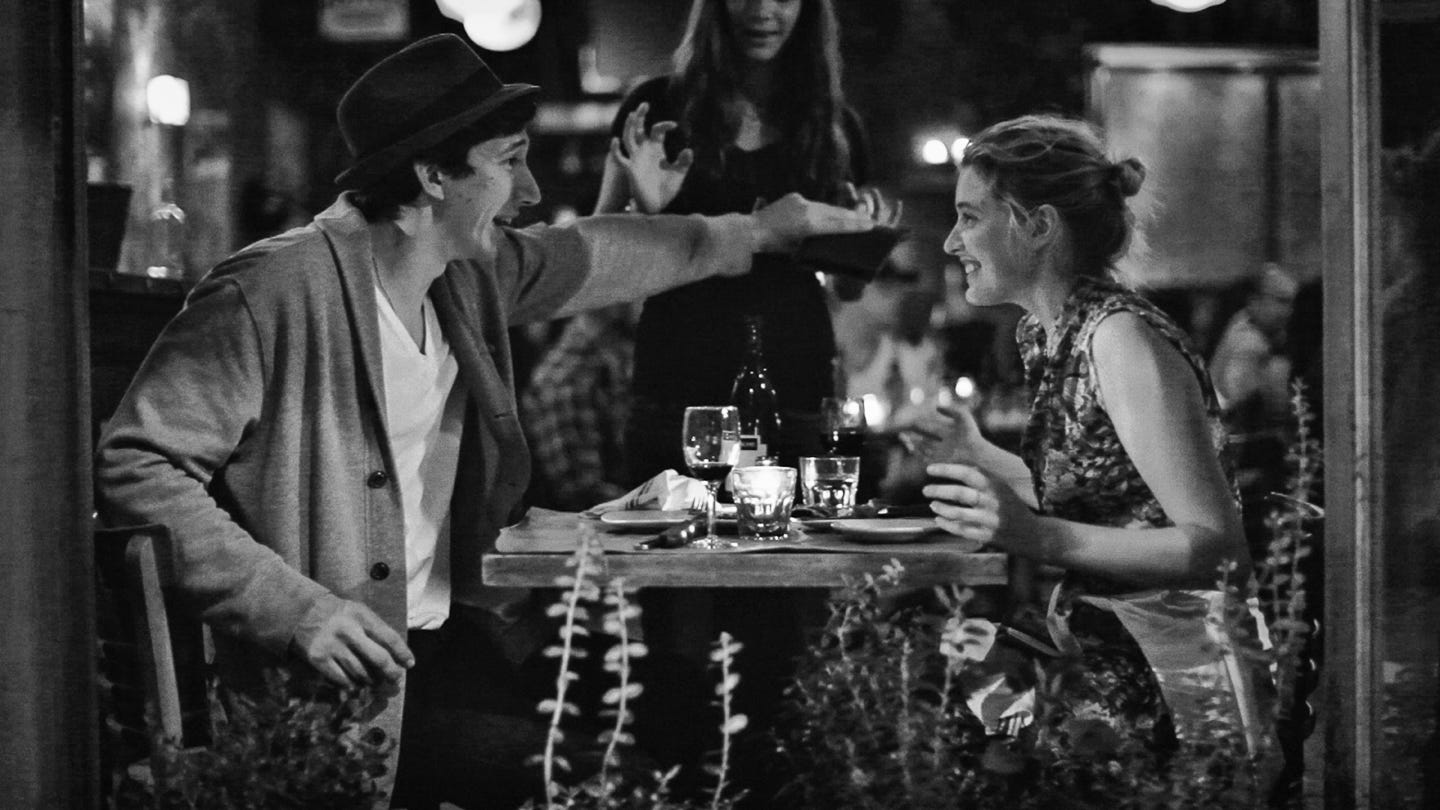
Closing Notes: Vibes That Still Ripple
The French New Wave didn’t just disrupt cinema—it permanently rewrote its grammar.
Decades later, you can feel its fingerprints everywhere: in the whip-smart looseness of Before Sunrise, the messy intimacy of Lady Bird, the philosophical digressions of Boyhood, the straight-up homage of Bertolucci’s The Dreamers, and the genre deconstructions of Tarantino’s entire filmography. (There’s a reason his production company is called A Band Apart—Band-à-Part is the original French title of Band of Outsiders.)
Even blockbuster auteurs like Wes Anderson and Sofia Coppola build on La Nouvelle Vague’s DNA—whether through symmetrical rebellion or whispered ennui.
But perhaps nowhere is the movement’s emotional clarity and stylistic daring more distilled than in the final, aching shot of 2016’s Oscar-winning Moonlight—where a boy-turned-man looks back at us from the ocean’s edge, and the camera lingers not to explain, but simply to let us feel.
That moment doesn’t happen without The 400 Blows. And it certainly doesn’t land the same without a movement that once decided that cinema didn’t need permission to feel new.
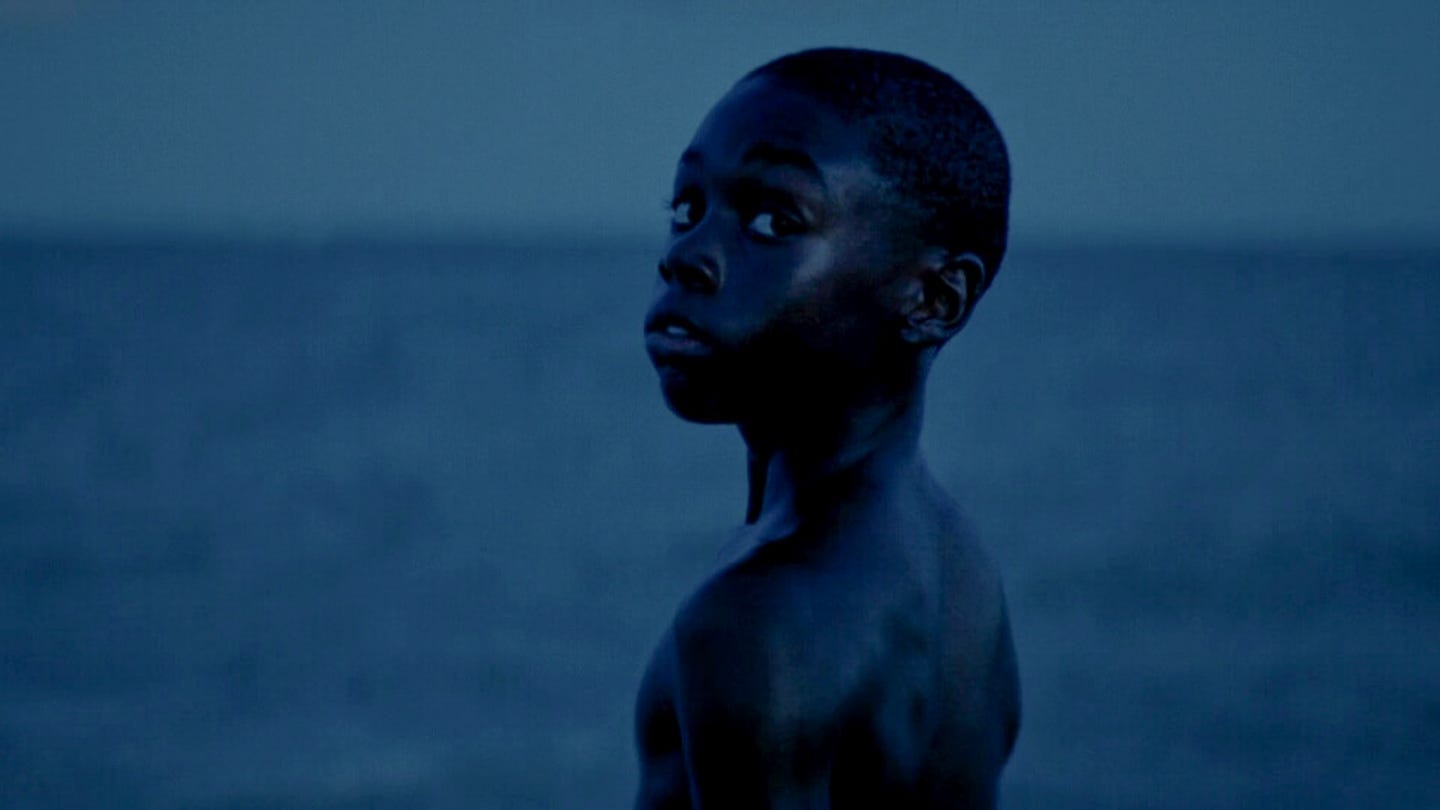
The revolution never really ended. It just got quieter.


